Chicago
The Cultural Contributions Of Chicago’s Immigrant Populations
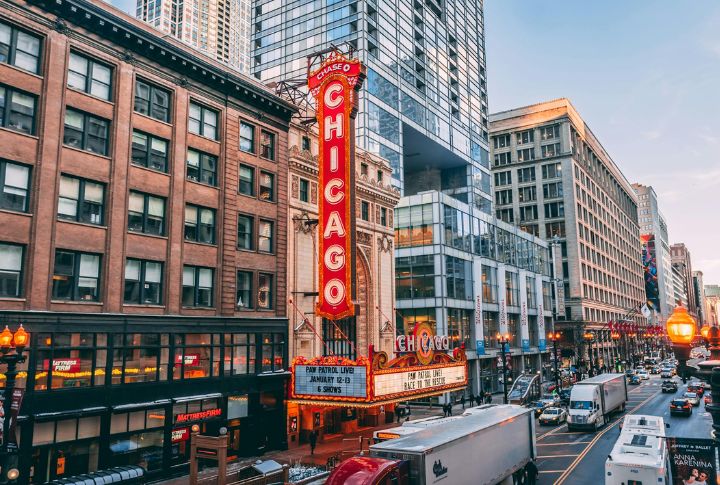
Chicago’s culture pulses with the energy of diverse immigrant communities, shaping its neighborhoods, cuisine, music, and traditions. You’ll explore how waves of arrivals, from Polish to Mexican, have left lasting marks that define the city’s identity. These insights reveal stories behind your daily encounters and celebrations. Are you ready to find out? Let’s begin.
Polish Neighborhoods Shaped Chicago’s Identity
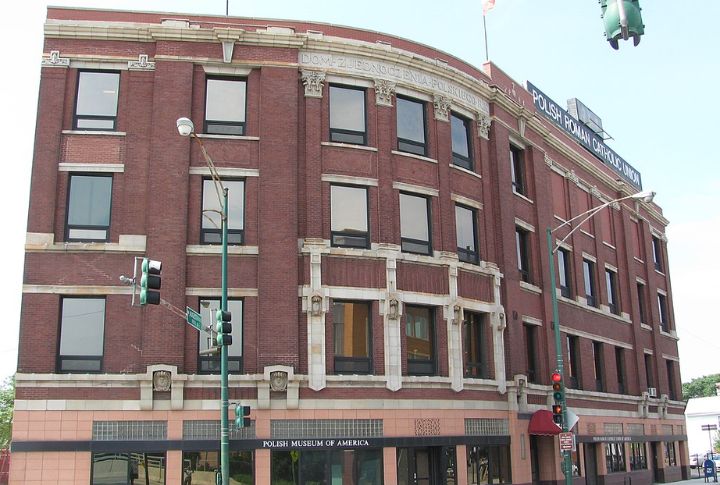
More than a million Polish Americans reside in Chicago, making it the largest Polish community outside Poland. Avondale and other neighborhoods pulse with cultural events, language schools, and traditions. Also, did you know Chicago’s nickname as the “second-largest Polish city” reflects this deep-rooted influence?
Mexican Communities Revitalized South And West Sides
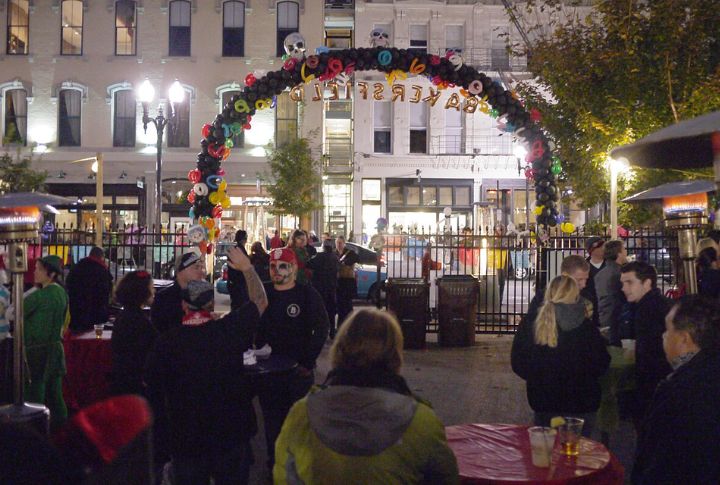
Nearly 29% of Chicago’s residents claim Mexican heritage, greatly impacting the city’s culture. Vibrant celebrations like Dia de los Muertos and authentic Mexican cuisine now define public spaces. Local entrepreneurs have transformed these neighborhoods as they turn art and food into thriving symbols of cultural pride.
Irish Immigration Laid Political Foundations
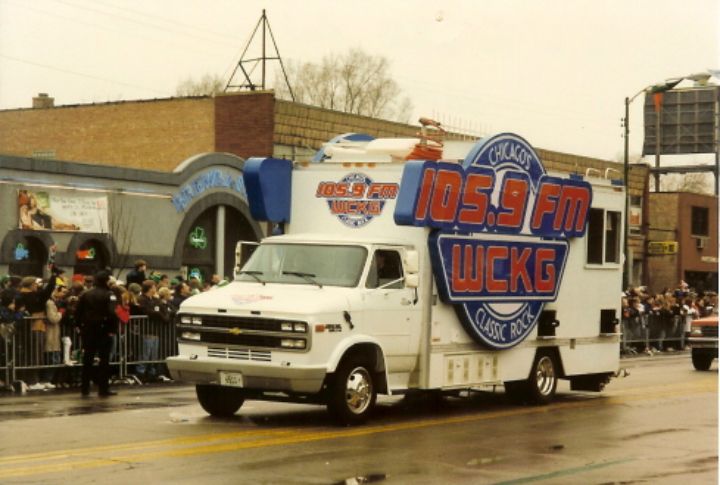
Political power in Chicago owes much to Irish immigrants who arrived in the 19th century. Their leadership in labor unions and municipal offices created long-lasting influence. Neighborhoods still carry Irish names, and community clubs preserve that political legacy. This has shaped the city’s governance for over a century.
Chinese-American Contributions To Commerce And Culture
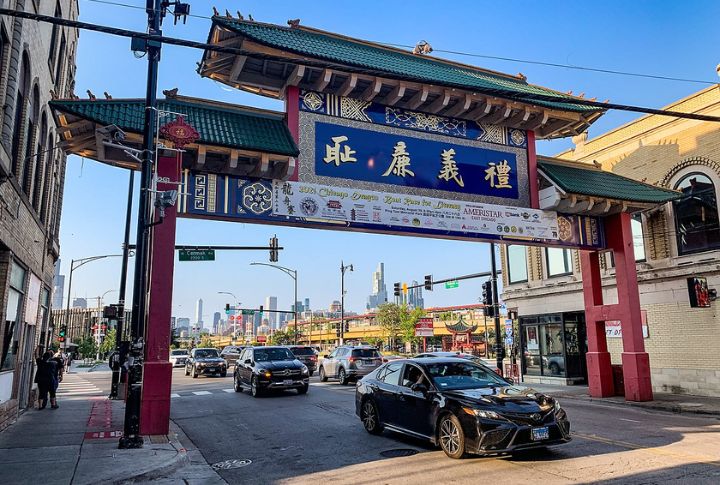
Chicago’s Chinatown, formed in the early 1900s, became a flourishing center of Chinese business and culture. Unique architecture and the lively Lunar New Year parade attract many visitors. This neighborhood serves as a vital symbol of resilience and cultural pride that continues to grow today.
Jewish Immigrants Enriched Arts And Education

Many Jewish refugees settled near Chicago’s West Side, greatly influencing theater, literature, and schools. Their commitment to education led to the founding of important cultural institutions like the Chicago Jewish Historical Society. Social justice values carried by this community have profoundly shaped the city’s intellectual fabric.
Greek Immigrants Built Strong Social Networks
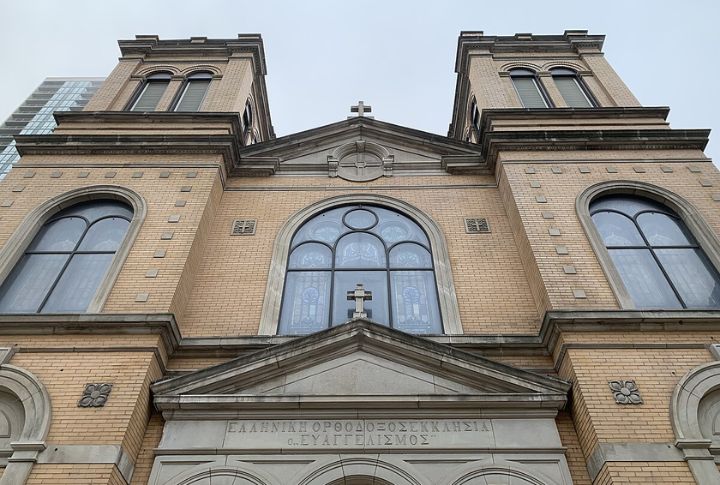
Between 1910 and 1950, Greeks formed tight communities in Greektown and introduced Greek Orthodox churches and festivals. The culinary traditions and cultural events of these people still draw visitors citywide. This ongoing heritage fuels strong bonds among residents and maintains vibrant pride in their Greek roots.
African Immigrants Renewed Cultural Diversity
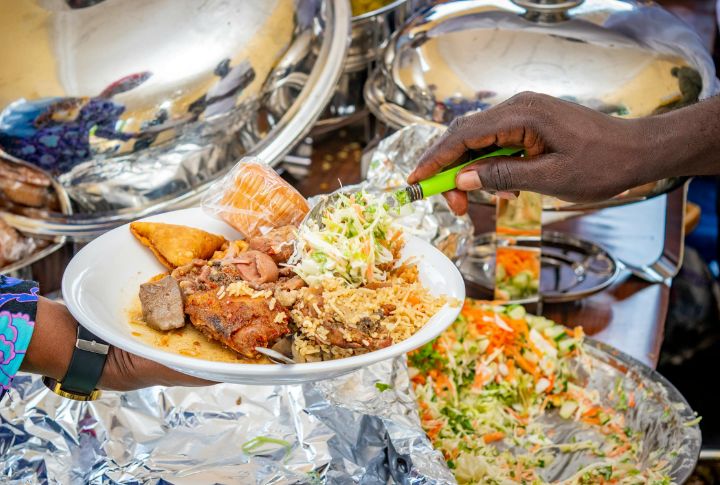
Recent decades have witnessed growing Nigerian and Ethiopian communities in Chicago. They enrich the city with new languages, foods, and businesses. These immigrants strengthen Chicago’s multiculturalism and foster international ties while making their cultural festivals essential highlights for both locals and tourists.
Italian Communities Influenced Culinary Traditions

Chicago’s Little Italy introduced iconic foods like deep-dish pizza and Italian beef sandwiches, now local favorites beyond ethnic boundaries. Italian immigrants created these rich culinary traditions, which blend heritage and innovation. Those recipes and restaurants continue to shape Chicago’s famous food scene.
Eastern European Jews And The Labor Movement
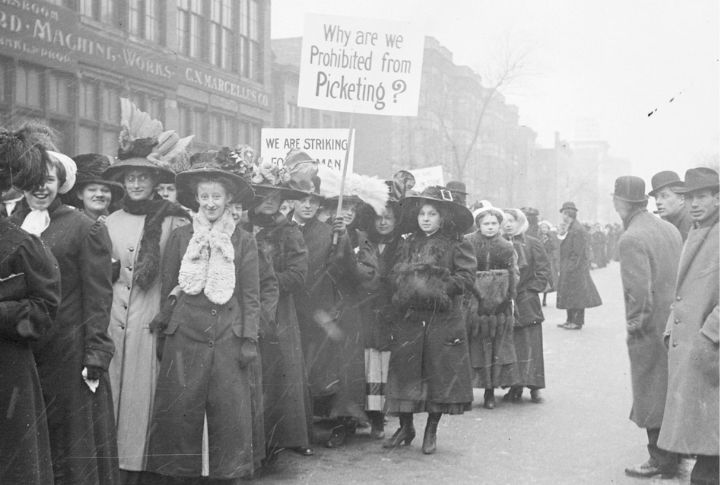
Jewish immigrants from Eastern Europe were instrumental in early labor activism, particularly in garment factories. Their efforts improved workplace safety and wages and left an enduring legacy in Chicago’s labor laws. Historic movements like this remain visible in today’s strong union presence throughout the city.
Bosnian Refugees Revitalized Neighborhoods After 1990s Conflicts
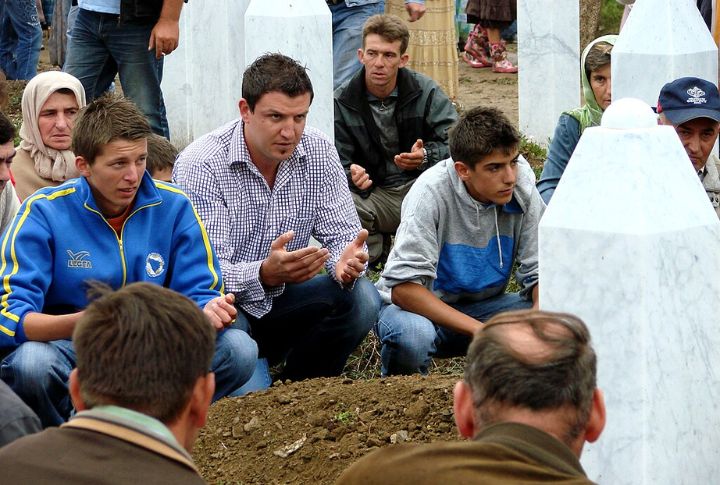
Following the 1990s Balkan conflicts, Bosnian refugees resettled in Chicago’s northwest side. They rebuilt communities and introduced Balkan culinary and cultural traditions. Today, their influence is seen in thriving bakeries, community centers, and festivals that celebrate Bosnian heritage with pride and resilience.

